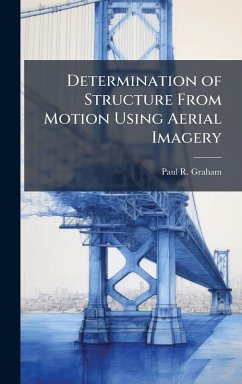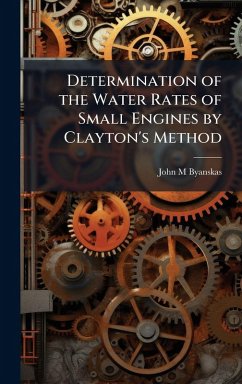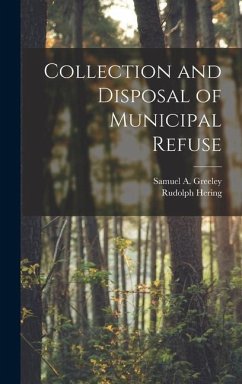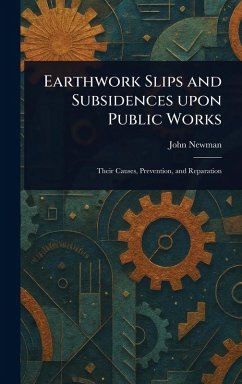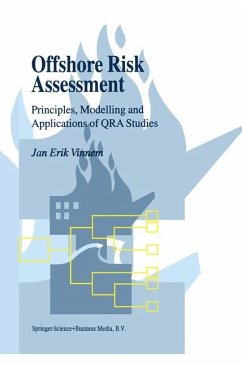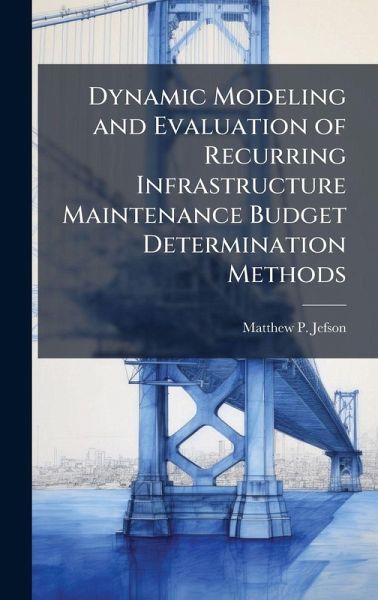
Dynamic Modeling and Evaluation of Recurring Infrastructure Maintenance Budget Determination Methods
Versandkostenfrei!
Versandfertig in über 4 Wochen
28,99 €
inkl. MwSt.
Weitere Ausgaben:

PAYBACK Punkte
14 °P sammeln!
The focus of this research is using system dynamics modeling to evaluate the impact of missed scheduled maintenance due to budgetary constraints. Missed maintenance cannot be made up and the benefit to the facility's serviceability is lost. The cumulative effect on an entire facility's life span is that it is unable to reach its designed life expectancy. Replacement construction costs are hundreds, thousands, or millions times more than the annual maintenance repair costs. Therefore, Air Force civil engineers must be capable of evaluating maintenance strategies in a dynamic environment to dete...
The focus of this research is using system dynamics modeling to evaluate the impact of missed scheduled maintenance due to budgetary constraints. Missed maintenance cannot be made up and the benefit to the facility's serviceability is lost. The cumulative effect on an entire facility's life span is that it is unable to reach its designed life expectancy. Replacement construction costs are hundreds, thousands, or millions times more than the annual maintenance repair costs. Therefore, Air Force civil engineers must be capable of evaluating maintenance strategies in a dynamic environment to determine the budget strategy's prolonged effect on infrastructure serviceable life. The results of the evaluation demonstrate how five major categories of infrastructure maintenance budgets change infrastructure's serviceable life. The modeling process provides considerable insight into these budget methods that must be considered to determine what is best for the infrastructures serviceable life. This work has been selected by scholars as being culturally important, and is part of the knowledge base of civilization as we know it. This work was reproduced from the original artifact, and remains as true to the original work as possible. Therefore, you will see the original copyright references, library stamps (as most of these works have been housed in our most important libraries around the world), and other notations in the work. This work is in the public domain in the United States of America, and possibly other nations. Within the United States, you may freely copy and distribute this work, as no entity (individual or corporate) has a copyright on the body of the work. As a reproduction of a historical artifact, this work may contain missing or blurred pages, poor pictures, errant marks, etc. Scholars believe, and we concur, that this work is important enough to be preserved, reproduced, and made generally available to the public. We appreciate your support of the preservation process, and thank you for being an important part of keeping this knowledge alive and relevant.



